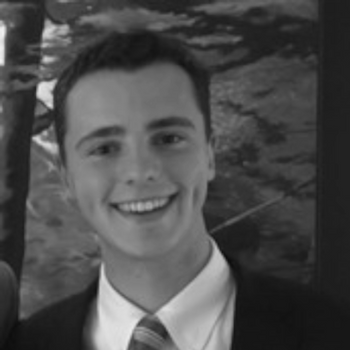UW-Madison encourages students to report ‘microaggressions’
The University of Wisconsin, Madison allows students to formally report microaggressions when filing a “Bias Incident Report” to school authorities.
Using the school’s “Bias Incident Report Form,” students wishing to report “bias” or “hate” incidents are asked to describe the incident by choosing from a list of provided categories, including “microaggression,” “non-threatening” and “threatening” language, “vandalism,” “physical assault,” and more.
The form then asks if the student wishes to be contacted by the “Bias Response and Advocacy Coordinator,” while also giving students the opportunity to explain who was involved in the incident.
[RELATED: Vocal group reported to PC police for mariachi-themed flyer]
According to an “Interrupting Bias & Hate” presentation distributed by the school’s Bias Response Team, “microaggressions” are defined as an “everyday slight, put down, indignity, or invalidation directed toward a marginalized group.”
Microaggressions may include “slurs, epithets, and degrading language,” the presentation adds, and can lead to a “hostile environment or harassment if there are patterns.”
The university elaborates that microaggressions can include “being forced to choose male or female when completing forms/paperwork,” “not calling someone by their preferred gender pronouns,” or unwillingness “to listen closely how to correctly to pronounce non-English names.”
The presentation also instructs people to be cautious of the language they use around people of color, warning that it is a microaggression to ask such a person “Why do you have to be so loud/animated?” or “Are you sure you were being followed in a store? I cant [sic] believe it.”
[RELATED: Harvard to interrogate profs accused of ‘microaggressions’]
UW’s Bias Response Team “focuses on hate crimes and bias incidents campus wide,” responding to incidents on campus by supporting the victim/targeted individual and coordinating with campus police and the university’s conduct office, with the ultimate aim of preventing bias incidents from taking place on campus.
During the Fall semester of 2015, the Bias Response Team received 23 reports, 17 of which pertained to “hate and bias incidents,” mostly related to race. During Spring 2016, the team said it received 66 hate/bias incident reports, resulting in 10 people going through the “conduct process.”
Many of the incidents involved graffiti and/or vandalism, and several reports were for “intense, disrespectful, threatening, and controversial dialogue” over social media or email, but the majority of incidents were “racial insults, microaggressions, and/or derogatory language.”
In 2017, several students even filed bias reports about a question they encountered on a Statistics exam that presented a hypothetical scenario in which the federal government was building a wall along the southern border to prevent kangaroos from repeatedly jumping over, calling it “humiliating” and “insensitive.”
[RELATED: UMD hiring admin to handle reports of ‘hate/bias’ incidents]
University spokesman John Lucas told Campus Reform that “creating a welcoming and inclusive campus climate is a goal for UW-Madison,” noting that the school’s Human Resources website has a detailed definition of bias incidents, “including statements about how they intersect with free expression.”
“Although the expression of an idea or point of view may be offensive or inflammatory to some, it is not necessarily a violation of law or university policy,” the website clarifies. “The university values and embraces the ideals of freedom of inquiry, freedom of thought, and freedom of expression, all of which must be vitally sustained in a community of scholars. While these freedoms protect controversial ideas and differing views, and sometimes even offensive and hurtful words, they do not protect acts of misconduct that violate criminal law or university policy.”
Yet while the website states that hate/bias incidents must be “severe, pervasive, and objectively offensive,” it also notes that they “can occur even if the act itself is unintentional or delivered as a joke, prank, or having humorous intent.”
Follow this author on Facebook: Zachary Thomas Petrizzo and Twitter: @Zach_Petrizzo

